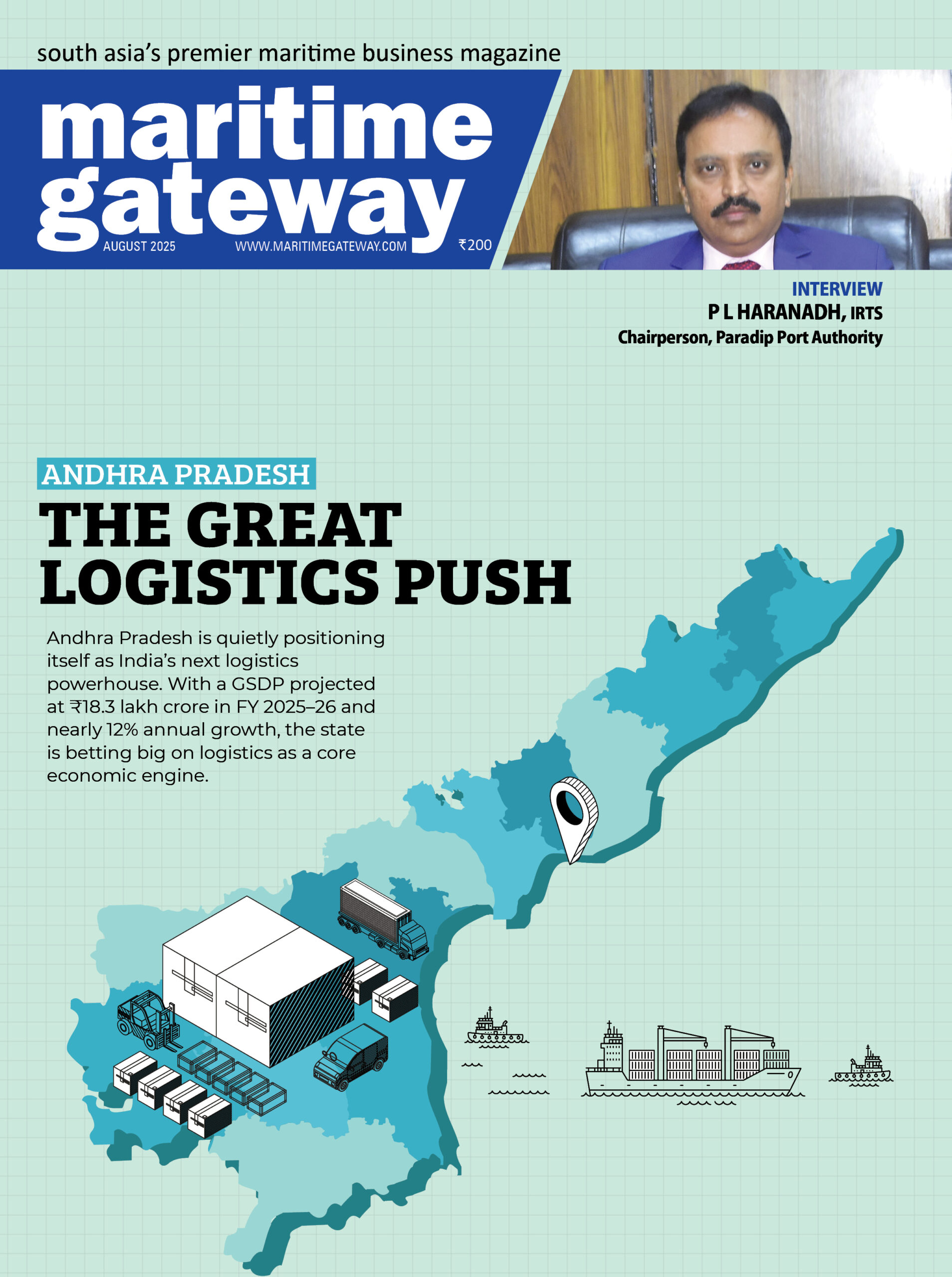India’s maritime administration triggered ripples across the global seafaring community on 18 July 2025 with the issuance of DGS Circular No. 31. Framed as a decisive response to a growing menace of fraudulent certification and training malpractices, the directive has set off both commendation and criticism. While the government argues the circular protects seafarers and strengthens compliance with international maritime standards, others fear it may unintentionally jeopardize livelihoods and trigger jurisdictional conflicts.
This article analyses the intent, scope, and implications of Circular 31/2025 and offers a balanced view on the range of responses it has provoked within the Indian and global maritime ecosystems.
The trigger: Fake certificates and distressed seafarers
The circular follows repeated reports of Indian seafarers stranded on vessels across the globe, particularly in situations involving unsafe or detained “flags of convenience” (FOC) vessels. Many of these incidents were traced to individuals sailing with Certificates of Competency (CoC) or Proficiency (CoP) issued by jurisdictions such as Honduras, Panama, Gabon, Togo, and Belize—often secured through agents or non-approved institutes operating outside the oversight of India’s Directorate General of Shipping (DGS).
According to Capt. Sanjay Prashar, founder of the Indian Maritime Foundation, the move was precipitated by years of distress calls and complaints. “The illegal business of ₹10 crore is being shut down today,” he noted, estimating that 10,000 Indian seafarers may be immediately impacted.
What the circular says
Circular 31/2025 enforces several key measures: Recruitment and Placement Service Licence (RPSL) holders are prohibited from placing Indian seafarers who hold CoC/CoP from unapproved or unrecognized maritime administrations.
Only those certificates issued by DGS-approved maritime training institutes or countries that have mutual recognition under STCW Regulation I/10 with India (such as the UK, UAE, Australia, Ireland, Iran) will be accepted.
Seafarers found holding unauthorized certifications risk cancellation of their Continuous Discharge Certificate (CDC), deactivation of their INDoS numbers, and debarment from future sea service.
Port State Control Officers (PSCOs) are advised to scrutinize crew documentation rigorously when vessels call Indian ports.
The circular also implicitly discourages India-based candidates from pursuing certification pathways that do not adhere to Indian standards, even if issued by STCW White List countries.
Support for the move
The government’s rationale has found strong support among segments of the maritime sector. Key arguments include:
1. Maritime safety and compliance
Indian authorities argue that uncontrolled issuance of CoCs by certain FOC states undermines crew competency, endangers vessels, and violates the spirit of the STCW Convention. The circular is seen as a quality control measure that will enhance India’s international maritime reputation.
2. Curtailing fraudulent practices
The directive aims to dismantle an ecosystem of rogue agents, unapproved training institutes, and “fly-by-night” certification deals that exploit gullible seafarers with the promise of easy jobs and fast-track licenses.
3. Strengthening Indian training infrastructure
By disincentivizing certification shopping abroad, the move is expected to bring focus back to India’s own maritime training institutions and create demand for higher standards in domestic seafarer education.
4. Precedent for enforcement
Industry veterans recall a similar move in 2002 when the DGS invalidated the practice of naval officers directly entering the merchant fleet with foreign CoCs, an act that withstood judicial scrutiny.
Industry concerns and Legal tensions
Despite broad support for tackling fraud, the circular has also attracted criticism from seafarers, legal experts, and international recruiters. The main concerns include:
1. Jurisdictional overreach
Critics argue that while India can regulate its own flag state operations, it cannot dictate which certificates are valid for Indian citizens serving on foreign-flagged vessels. “What if a Panama-flagged vessel staffed with Indian officers holding South African CoCs calls at an Indian port? The DG cannot detain such a vessel under STCW,” said one maritime law expert.
2. White list dilemma
Several White List countries such as Singapore, Canada, and New Zealand are not presently included in India’s I/10 recognition regime. This creates confusion for Indian nationals holding otherwise legitimate CoCs from those countries.
3. Loss of livelihoods
Many seafarers who acquired foreign CoCs through legitimate channels—albeit not from countries recognized under I/10 by India—now find themselves ineligible for employment through RPSL agencies. This particularly impacts segments working in Gulf coastal trades and single-voyage vessels to Alang.
4. Implementation gaps and workarounds
Experts warn that strict enforcement may drive more seafarers toward offshore employment pathways outside RPSL purview or into informal arrangements—ironically defeating the compliance goals of the circular. “You cannot police a global industry with a national lens,” said one shipping company representative.
The way forward: Reconciling intent with impact
Most stakeholders agree that the DGS has raised valid concerns about the integrity of certification and the exploitation of Indian seafarers. However, many advocate for a more nuanced and internationally aligned strategy. Suggested paths include:
Expanding the list of countries recognized under STCW I/10 by entering mutual recognition agreements with all reputable White List members.
Allowing seafarers to obtain training abroad only if the issuing country exercises quality control over both training and examination.
Investing in coastal shipping workforce development (NCV cadre), where shortages are acute.
Strengthening Port State Control inspections without inadvertently violating the jurisdiction of flag states or international norms.
Conclusion
DGS Circular 31/2025 is a bold, if controversial, attempt to restore order and credibility in Indian seafarer deployment. It has drawn a clear line in the sand against fraudulent certification and agents operating outside the system. Yet, its rigid enforcement risks collateral damage to genuine seafarers and could strain India’s relations with foreign maritime administrations.









